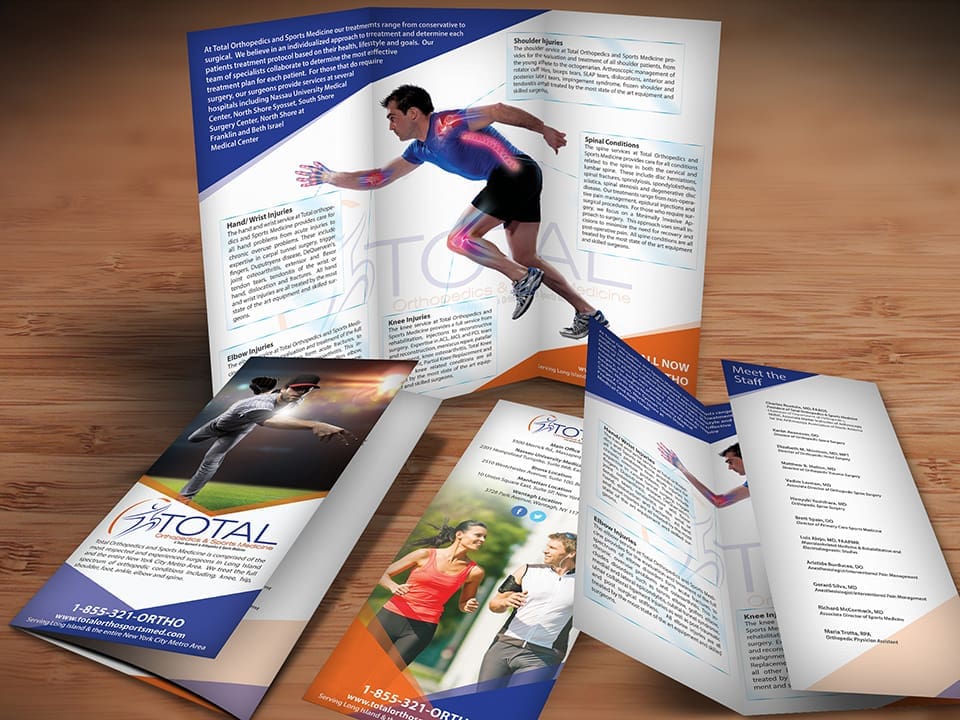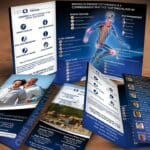Introduction: The Landscape of Medical Communication
With the dawn of the digital age, many question the relevance of traditional forms of communication. In the healthcare sector, one such method, time-honored and tested, is the brochure. But do medical brochures still hold water in today’s fast-paced, digital-centric environment?
Understanding the Role of Brochures
1. Tangibility and Recall
While electronic forms of communication are ubiquitous, there’s something about the tactile experience of holding a physical brochure that enhances memory and recall. Leafing through pages, feeling the texture, and visually engaging with well-placed images can create an immersive experience, anchoring information in the mind of the reader.
2. Personal Touch in Healthcare
Healthcare is deeply personal, and brochures offer a touch of humanity. Whether a clinic details its services or a physician shares their qualifications and personal stories, the act of handing over a healthcare brochure can be seen as a gesture of care and connection.
3. Accessibility and Inclusivity
Not everyone is tech-savvy. Many elderly patients or those not accustomed to the internet might find brochures more accessible. In such cases, having a physical doctor brochure ensures that information reaches a wider audience, promoting inclusivity.
4. In-depth Detailing
While websites and digital platforms allow extensive content, brochures can be tailored to provide a deep dive into specific topics. They can be specialized, like a brochure detailing post-operative care for orthopedic patients, ensuring detailed, concentrated information for the reader.
5. Portability and Shareability
Brochures can be easily carried, shared, or passed along. A satisfied patient might hand a sports medicine brochure to a friend in need or a family member. This organic method of sharing can have a profound impact, creating networks of informed individuals.
Challenges and the Digital Shift
While brochures have their merits, it’s essential to acknowledge the challenges. Printing costs, environmental concerns, and the omnipresence of digital information have made some question their efficacy. Furthermore, with the pandemic-driven acceleration towards digital platforms, many medical establishments are questioning the need for physical brochures. However, a blended approach, integrating brochures with QR codes or augmented reality features, might be the future.
Conclusion: The Enduring Legacy of Medical Brochures
While the digital wave is undeniable, brochures in healthcare continue to play a unique role. Their tangibility, the personal touch they offer, and their ability to bridge the information gap for various demographics make them irreplaceable. As healthcare providers, it’s essential to recognize the diverse needs of our audience and cater to them using a blend of traditional and modern tools.
Stay Updated with MedicalBrochures.com
Keeping abreast with the changing dynamics of medical communication can be challenging. At MedicalBrochures.com, we delve deep into these nuances, offering insights, expertise, and solutions. For those seeking guidance or support in crafting the perfect medical brochure, we’re here to assist. Navigate the intricate world of healthcare communication with confidence, with us by your side. Contact us today for any questions related to brochure design for your medical practice.



0 Comments